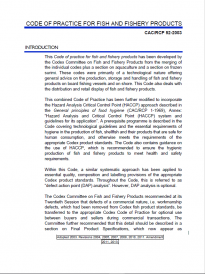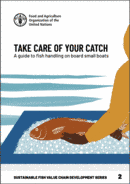Markets for Handling After Harvest
An important incentive for producers to use good harvesting and handling practices that reduce food loss and waste (FLW) is to have a ready market that pays a higher price for better quality fish. This could be a market for fresh or live fish, or for fish sold for processing. The key is that the buyer is prepared to pay a higher price for better quality fish of the desired size. Unless such a demand exists, it will be difficult to convince producers to invest in and adopt better practices, which will likely have cost implications.
Some markets or buyers require that farmed fish is produced according to certain standards. For example, nearly 100 major companies in the global food market at the wholesale and retail levels have endorsed GAA’s Best Aquaculture Practices third-party certification program for farmed seafood. Farmed seafood from a BAP-certified facility can be purchased at these many outlets. These standards help promote good practice at all stages of production including harvesting and handling and food safety. All of which promote FLW control.
An important advantage aquaculture has over capture fisheries is the ability to have more control over the harvest process including the timing of harvest and size of fish harvested. An advantage of this is the possibility of marketing live fish. Live fish are not associated with spoilage or quality deterioration and as long as the fish are kept alive, there is no food loss or waste. Live fish also tend to command high prices and the fact the fish are live is seen as a form of value addition. Egypt, for example, is one of the largest producers of tilapia and has seen a significant growth in the live tilapia trade. A 2012 market study suggested support to the sellers of live tilapia is a priority because of the value-added this generates and the quality of the resulting product. Helping to endorse live fish marketing is another FLW control strategy.
Key Publications
Code of Practice for Fish and Fishery Products CAC/RCP 52-2003 Global standard that presents information on freezing and cold storage practices which aim to reduce spoilage and waste. | |
Technical Guidelines on Aquaculture Certification These guidelines provide advice on developing, organizing and implementing credible aquaculture certification schemes which are viewed as potential tools for minimizing negative impacts and increasing societal benefits and confidence of aquaculture production and marketing. | |
The Market for Egyptian Farmed Fish This report represents the output of a two-week study to better understand the market for Egyptian farmed fish. The intention was to provide an output which would cut-across all five of the project outcomes. |
More Resources
More Resources
31 October 2023














